Name Graham McNamee Role Radio broadcaster | Movies Krakatoa, Camera Thrills Parents John B., Anne | |
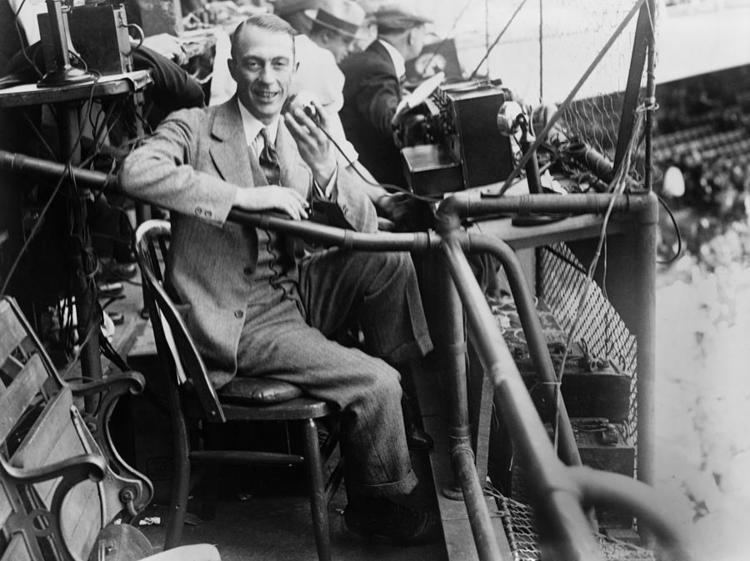 | ||
Born July 10, 1888 ( 1888-07-10 ) Washington, D.C. Spouse Anne Lee Sims (m. 1934–1942), Josephine Garrett (m. 1921–1932) Awards PEN/Phyllis Naylor Working Writer Fellowship People also search for Josephine Garrett, Charles E. Ford, Joe Rock | ||
Graham mcnamee seated at a desk congratulates city of cleveland ohio on the o hd stock footage
Graham McNamee (July 10, 1888 – May 9, 1942) was an American radio broadcaster, the medium's most recognized national personality in its first international decade.
Contents
- Graham mcnamee seated at a desk congratulates city of cleveland ohio on the o hd stock footage
- Graham McNamee
- Biography
- Sportscasting
- Later work
- Awards
- References
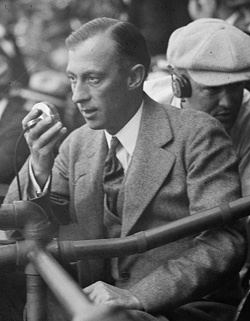
Graham McNamee
Biography

Graham McNamee's father, John B. McNamee, was an attorney and legal advisor to President Grover Cleveland's cabinet, and his mother, Anne, was a homemaker, who also sang in a church choir. Born in Washington, D.C. and raised in St. Paul, Minnesota, McNamee had early aspirations of being an opera singer. He studied voice as a youth and sang in churches, and in 1922 gave a concert in Aeolian Hall, New York. In 1922, while serving jury duty in New York City, he visited the studios of radio station WEAF en route to the courthouse and, on a whim, went to audition as a singer. Someone noticed his voice and asked him to speak through a microphone. He was given an audition and hired as a staff announcer on the spot.
Sportscasting
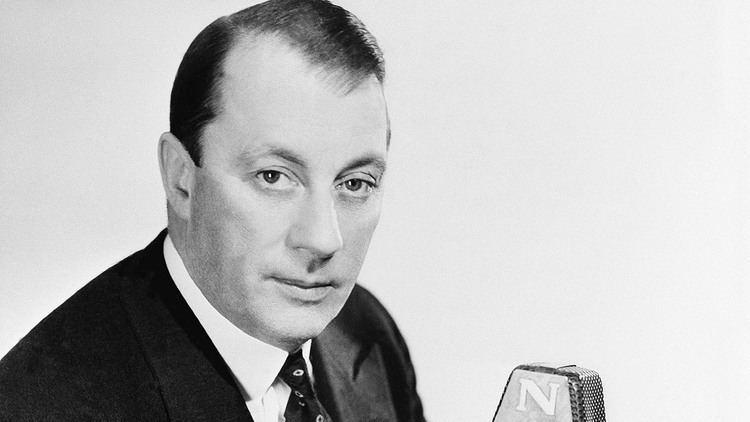
Radio broadcasting of sporting events was a new thing in the 1920s. The play-by-play announcements were performed by a rotating group of newspaper writers. Their descriptions were matter-of-fact and boring at best. In 1923, announcer McNamee was assigned to help the sportswriters liven up their broadcasts. He wasn't a baseball expert, but had a knack for conveying what he saw in great detail, and with great enthusiasm. He began broadcasting first as a color commentator, bringing the sights and sounds of the game into the homes of listeners.
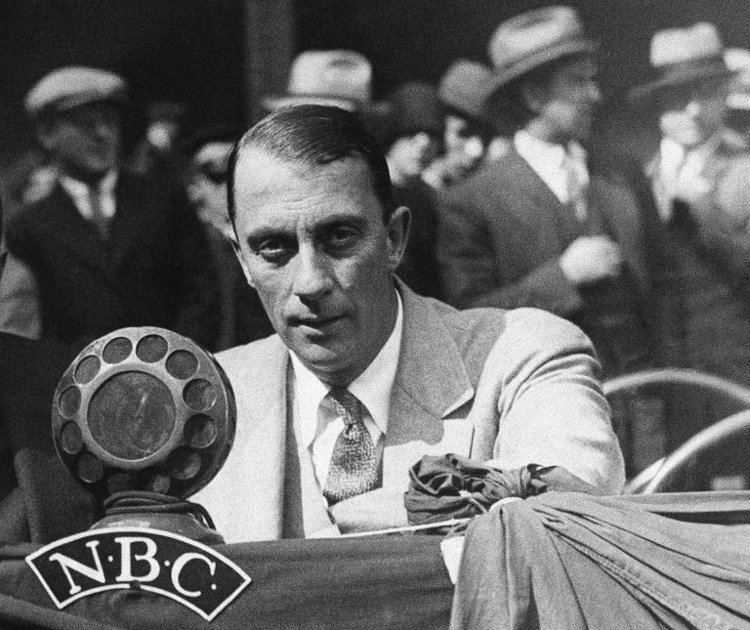
McNamee had various on-air responsibilities at WEAF, including baseball color commentary culminating in play-by-play of the 1926 World Series. Over the course of the next decade, first with WEAF and then with the national NBC network, McNamee broadcast numerous sports events (including several World Series, Rose Bowls, championship boxing matches), Indianapolis 500, national political conventions, presidential inaugurations and the arrival of aviator Charles Lindbergh in New York City following his transatlantic flight to Paris, France in 1927. Later that year, McNamee was featured on the cover of Time (October 3, 1927).
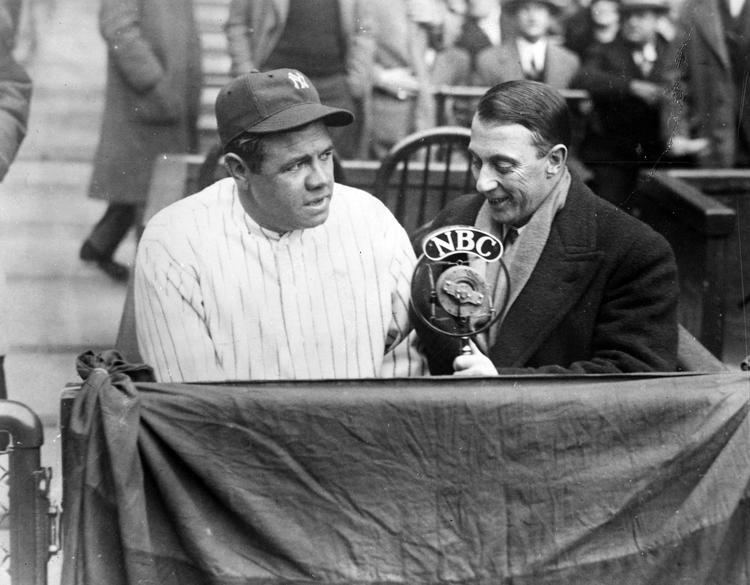
With Phillips Carlin, whose voice was so similar that few listeners could tell them apart, he quickly became famous. In 1923, he described the Harry Greb-Johnny Wilson boxing match and covered many World Series baseball games and the top football games for years. He also covered many major news events outside the sports world, described the Republican and Democratic National conventions and the inauguration ceremonies of presidents. In the early 1940s his principal activity was as a newsreel commentator, but he maintained much of his radio work as well.
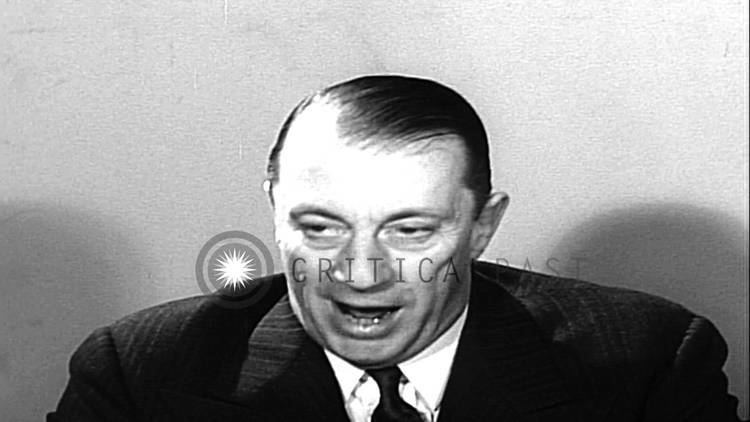
In 1925, at the Radio World Fair, he won a solid gold cup (designed like a microphone) as America's most popular announcer, receiving 189,470 votes out of 1,161,659 votes cast. He was married to concert and church soprano Josephine Garrett.
Later work
McNamee continued to broadcast into the 1930s, as an announcer on such programs as Rudy Vallee's and Ed Wynn's weekly shows. He played straight man on the latter, reacting to Wynn's gags. He also worked in motion pictures, narrating Krakatoa (1933), Universal Pictures' weekly Universal Newsreels, and Camera Thrills (1935), an Academy Award-nominated short subject produced and directed by Charles E. Ford. On July 7, 1936 he was briefly reunited with Ed Wynn for a brief, ad-libbed spot on an experimental, NBC television broadcast. In the early 1940s, he hosted Behind the Mike for NBC.
He opened each broadcast by saying, "Good afternoon (or evening), ladies and gentlemen of the radio audience. This is Graham McNamee speaking."
He was married twice: the first time, in 1921, to singer Josephine Garrett. They were divorced in 1932, and he married Anne Lee Sims in 1934.
McNamee died on May 9, 1942 at St. Lukes Hospital at the age of 53. The cause of death was a brain embolism after he had been hospitalized with a streptococcus infection. He was buried in Mount Calvary Cemetery in Columbus, Ohio.
Awards
In February 1960, McNamee was posthumously recognized with a star on the Hollywood Walk of Fame.
In 1964, McNamee was inducted into the National Sportscasters and Sportswriters Association Hall of Fame. In 1984, he was part of the American Sportscasters Association Hall of Fame’s inaugural class, which included sportscasting legends Red Barber, Don Dunphy, Ted Husing and Bill Stern.
The National Radio Hall of Fame inducted McNamee in 2011.
On December 9, 2015, McNamee was named the 2016 recipient of the Ford C. Frick Award by the National Baseball Hall of Fame and Museum, presented during the Hall's induction weekend in July.
